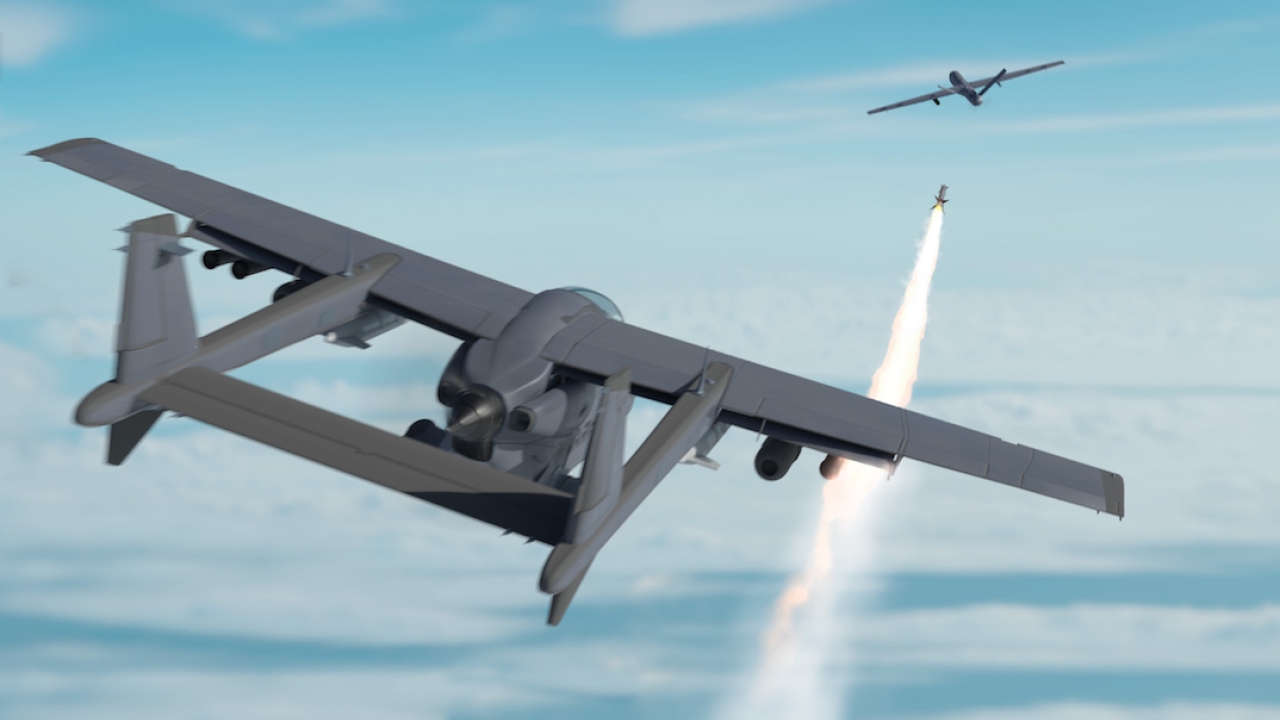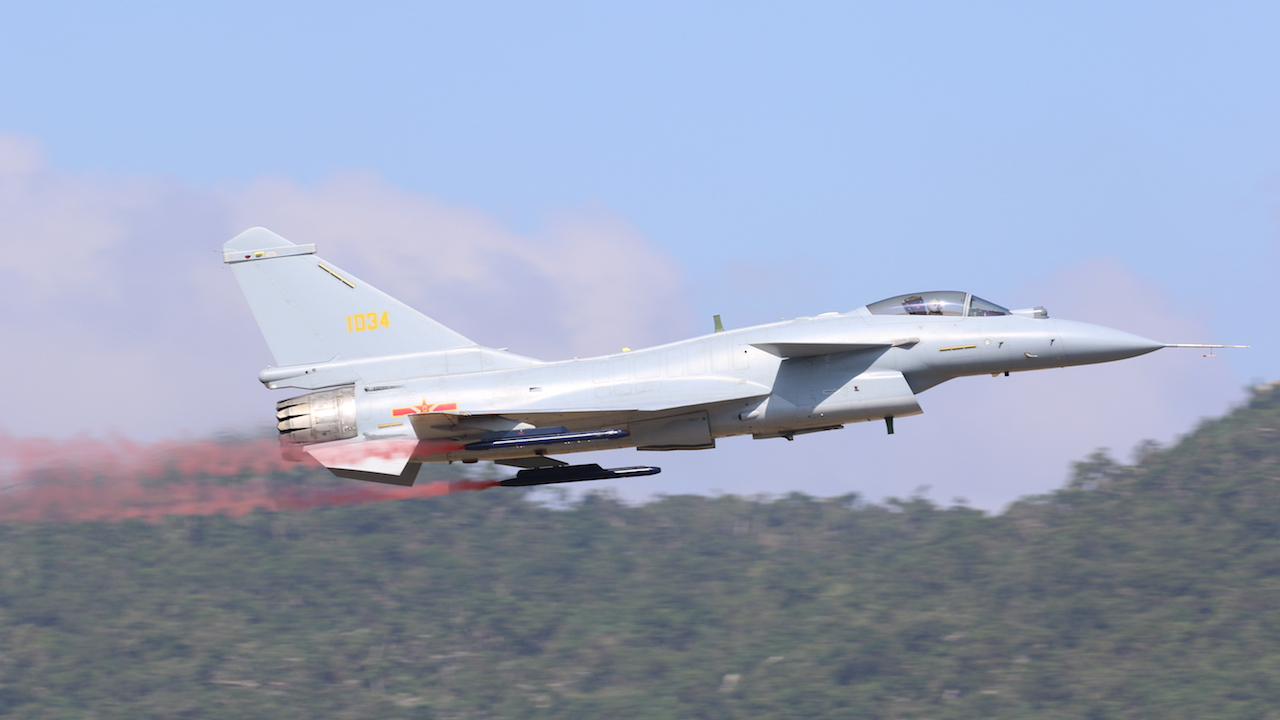Mwari's drone mission
South Africa’s Mwari combat platform is being given a new role – hunting down high-flying uncrewed aerial vehicles (UAVs).

New capabilities: The Mwari is being armed with air-to-air missiles to counter high-flying UAVs. Picture:Paramount
With the conflict in Ukraine having again demonstrated the increasingly important role of drones in modern warfare, South Africa’s Paramount Group has introduced a new capability to its Mwari combat aircraft.
The multi-mission Mwari, which has been touted for roles such as border patrol and counter-insurgency, has now been equipped for the counter-UAV role.
The aircraft has been outfitted with a new missile suite that Paramount says will enable it to destroy medium-altitude long endurance (MALE) UAVs at heights of 20,000 to 30,000 feet.
Its new capability will enable the aircraft to take on a role that has previously required expensive, ground-based air defence systems, said Paramount.
The aircraft carries a sensor suite in its interchangeable multi-mission system bay in the lower fuselage. This typically contains long-range optical and radar systems, a satellite communications link, ship identification system and real-time video.
Now, the aircraft can be equipped with what the company describes as new-generation air-to-air missiles with an engagement range of 4km, together with wing-mounted cannon pods for close-range engagements. Details of the new missile armament have not been revealed.
The Ukraine conflict has been notable for Kiev’s use of Turkish-manufactured Bayraktar 2 UAVs, that have acted both as reconnaissance assets and have also launched guided missiles against ground targets, notably Russian armoured vehicles.
Azerbaijan achieved similar success with its UAVs in 2020s war against neighbouring Armenia.
“Historically, prohibitive costs have restricted anti-drone systems targeting MALE drone threats,” said Steve Griessel, Paramount Group’s CEO. Mwari offered this new capability at a fraction of the cost of alternative systems, he added.
The company believes that the aircraft has considerable export potential, with a lengthy sortie duration – anything up to 10 hours at a loitering speed of 110kts, a figure that can be further increased with optional external tanks.
Stay up to date
Subscribe to the free Times Aerospace newsletter and receive the latest content every week. We'll never share your email address.


